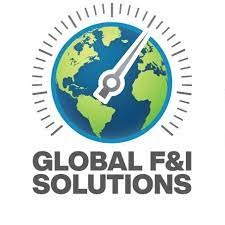
China's Automotive Surge: The Game-Changer for Dealerships
The automotive industry in China is undergoing a remarkable transformation that could redefine global dynamics, and U.S. dealerships need to pay close attention. With Chinese brands now accounting for 64% of vehicles sold in China, up from 36% just a few years ago, domestic manufacturers are dominating their home markets. This shift signals a reshuffling of the global auto industry, where U.S. dealerships could soon feel the impact of this growing Chinese presence.
Financial Implications for U.S. Dealerships
China's market has expanded to double the size of the U.S. auto industry, producing 40% of the world's vehicles. This financial clout is raising concerns among legacy automakers, especially those who have historically leveraged their presence in China for global sales. For instance, General Motors recently reported a staggering $5 billion restructuring charge directly tied to declining sales in China, highlighting the financial ramifications for U.S. dealerships.
Are U.S. Dealerships Prepared for a Chinese Invasion?
Despite the current protection barriers keeping Chinese brands at bay in the U.S. market, the sentiment among U.S. auto executives hints at an inevitable shift. A survey revealed that 76% of these executives expect Chinese automakers to eventually penetrate the U.S. market. This looming reality poses significant risks to established car dealerships, whose blue-sky values—essentially the intangible worth arising from a sustainable, profitable dealer network—could drop substantially as competition heats up.
Building Resilience in a Changing Market
One way dealerships can mitigate the risks of increased competition is through continuous education and adapting to new automotive trends. Training programs tailored to auto sales training and automotive classes online can equip sales teams with insights into evolving consumer preferences and emerging market trends, particularly those influenced by the rise of digital businesses surrounding cars. Understanding these trends will be crucial for maintaining competitiveness in the impending market landscape and preparing for the potential influx of Chinese automobile brands.
The Road Ahead: Adapt and Thrive
The potential influx of Chinese automakers into the U.S. market will fundamentally challenge established dealerships. However, those who act now—by taking advantage of auto training opportunities, embracing innovative sales strategies, and fostering strong connections in the industry—can not only survive but thrive in this shifting paradigm. The tides are changing; are your dealership's strategies ready to meet them?
For more information on how your dealership can stay competitive as the industry evolves, call: (860) 707-9125.
 Add Row
Add Row  Add
Add 




Write A Comment